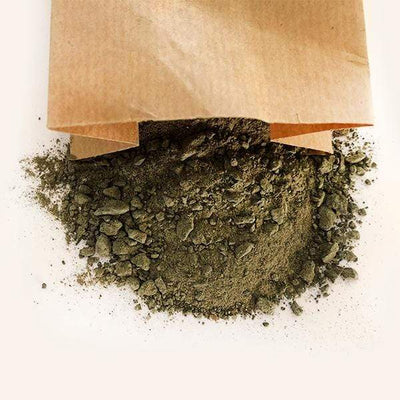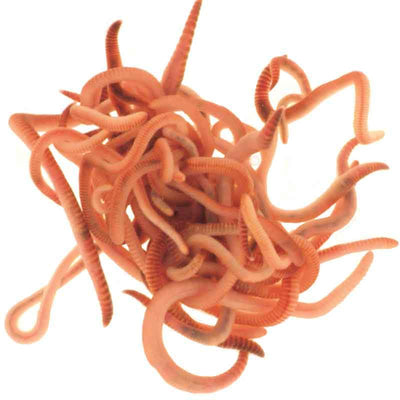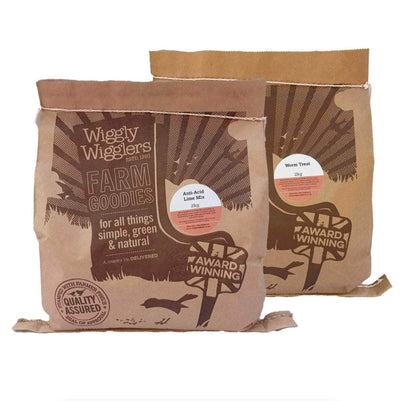Get to know your frog
Frogs are extremely widespread across the UK, but their camouflage and skulking skills make them difficult to spot. Even the famous frog call is rarely heard on our shores, where as their European cousins can keep you awake on your warm Mediterranean holiday nights with their constant croaking. (At this point feel free to do your party-piece Kermit impression).
Whilst there are several species of frogs and toads in the UK, by far the most abundant is:
Common Frog, Rana temporaria,
This is a smooth skinned tailless amphibian, famous for jumping rather than walking. They have a very characteristic horizontal and oval shaped eye.
Their upper colouration is extremely variable, usually yellowish brown to brown but can be olive green, or in some cases a yellow or even reddish appearance. They appear spotted or striped, but again this varies greatly.
The underside is usually dirty white or pale yellow. A dark patch behind the eye and barred hind limbs are the only consistent markings. Average size is 6-9cm, with the males considerably smaller than the females.
A Frog's life
During a particularly mild winter frogs will hardly hibernate, but if they do they will emerge from their slumber in February and will produce spawn soon after. Frog spawn is fertilized externally, with the smaller male on the female's back. This type of mating is called amplexus, which comes from the Latin verb 'to embrace'. In recent years reports of initial frog spawn sightings have been much earlier, but it is hard to measure the success of these early breeders.
Frogs can be pretty indiscriminate where they lay their spawn, any patch of still water seems to do. The clumps will usually contain 3-400 eggs, and differ in structure from toad spawn which is laid in strings. The new tadpoles start off black but soon become speckled brown, unlike the permanent black tadpoles of toads.
On Dartmoor I've seen tiny peat puddles crammed with frog spawn in early spring, but know that in most years a dry spell will quickly empty these puddles of the water needed by the emerging tadpoles.
Giving frogs a helping hand
Whilst frogs need a body of water to be able to breed, they do in reality spend most of their time (approximately 90%) out of the water, and it is in the slightly damp undergrowth where they get most of their food. They have to reach two years old before breeding, so having the right terrestrial conditions as well as water is essential.
If you want breeding frogs in your garden then a small pond is required. It should be in a shaded area and have a depth of at least 50cm. Make sure the pond has a waterproof membrane or liner to prevent it drying out.
Create the pond in a shaded with the area immediately around it providing cover for approaching frogs. Wood piles, old loose rubble, and general garden debris are attractive habitats for our froggy friends both for cover and supply of food. The edges of the pond should be kept shallow. One vitally important point is that tadpoles make a great dinner for fish, so don't stock the pond with your prize Koi carp!
Research has shown that frogs rely on having a network of several ponds within their territories, so if you are also able to persuade your neighbours to create a frog habitat then this would be very helpful.
Frogs have very absorbent skins, and will be very susceptible to any garden pesticides or herbicides you may use, and particularly slug pellets. If possible all these should be avoided, and remember frogs eat loads of slugs, so are very much the gardeners' friend.
Getting the frogs to move in
Now, this is the tricky bit. The vital part is ensuring your garden and pond are attractive to the frogs, and if it is they have been known to travel up to 1km to make home in a desirable residence. Do not, and this really is a big DO NOT collect spawn or tadpoles from somewhere else and transport them to your pond. You must just wait and hope that you have created the right environment. Even if you don't get frogs you'll be amazed at how much other wildlife will get benefit from your efforts.
During the colder winter months frogs will shelter in compost heaps, in dead wood or even under decking or your garden shed. Rarely, frogs along with newts may overwinter in the bottom of your pond, which is fine as long as the pond does not totally freeze. Unlike many other animals that hibernate it doesn't particularly matter if they are disturbed or wake during the winter as they can quickly return to their dormant state.
If you want to offer your frogs some luxury you could buy them a specially designed frog house to place in your wildlife garden.
Be warned, if you are lucky enough to have frogs you might even attract some predators like herons, who like the French, have a penchant for our amphibian friends.
David Pitman






